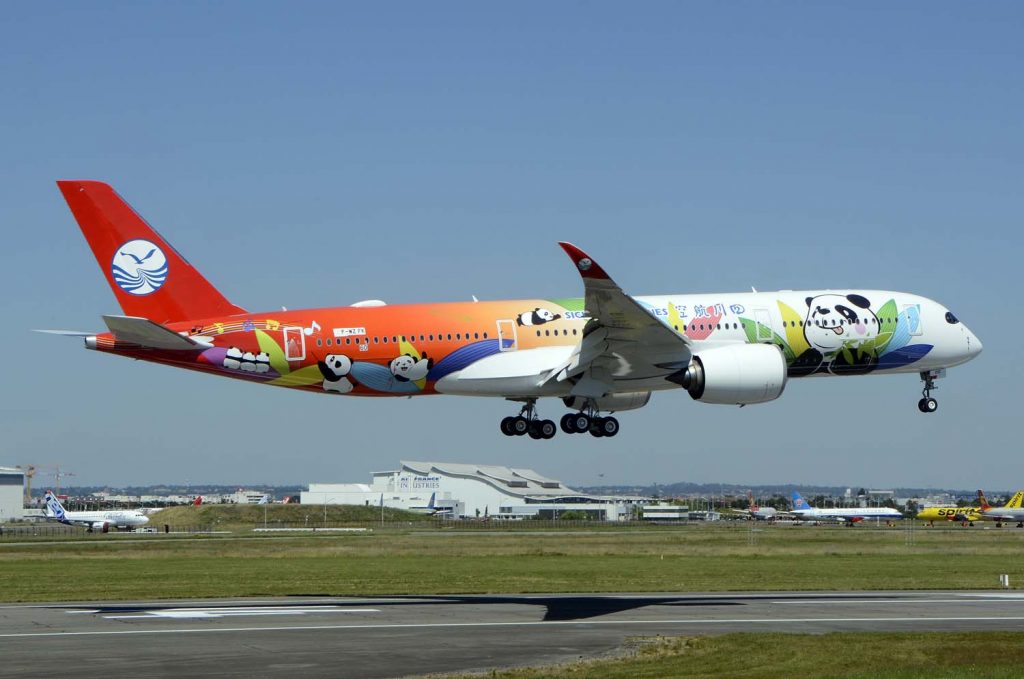GENEVA: August 08, 2018. IATA reports a 4.7 percent rise in airfreight traffic for the first half of this year, less than half the rate for the same period in 2017, as June demand rose 2.8 percent and capacity expanded 4.1 percent.

The association says the slowdown is driven by the end of a restocking cycle that began in March; a structural slowdown in global trading conditions with export order books turning negative in China, Japan and the US; and the grounding of the Nippon Cargo Airlines fleet in the second half of June that shaved up to 0.5 percent off the June growth.
“Air cargo continues to be a difficult business with downside risks mounting. We still expect about 4.0 percent growth over the course of the year,” commented IATA director general and CEO Alexandre de Juniac. “But the deterioration in world trade is a real concern,” he continued. “While air cargo is somewhat insulated from the current round of rising tariff barriers, an escalation of trade tension resulting in a ‘reshoring’ of production and consolidation of global supply chains would change the outlook significantly for the worse.
“Trade wars never produce winners. Governments must remember that prosperity comes from boosting their trade, not barricading economies,” he added.
As Air China and Sichuan Airlines (pictured) took delivery of their first A350-900 aircraft this week, IATA says Asia Pacific airlines saw airfreight capacity increase 5.2 percent in June, while demand rose just 1.5 percent year-on-year,
European airlines posted a 3.3 percent rise in freight volumes as capacity expanded 5.4 percent; carriers in North America produced a 3.5 percent increase in airfreight volumes as capacity grew 3.4 percent; Middle Eastern carriers’ freight traffic grew 3.8 percent while capacity rose 4.5 percent in June; Latin American airlines saw demand grow 5.9 percent while capacity fell 5.7 percent; and African carriers experienced an 8.5 percent fall in demand as capacity contracted 1.4 percent during the month.
News kindly provided by https://freightweek.org




